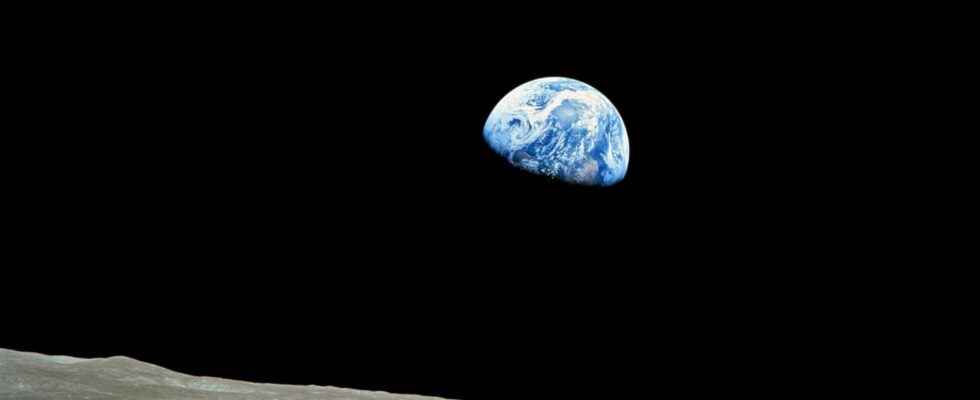The new images of the landing sites of the Apollo missions, which were taken by the Indian probe Chandrayaan-2 in orbit around the Moon, will probably not convince the pathological skeptics. They can always say these are fabricated photos, but then you have to go so far as to say that even the Indian government and researchers are part of a conspiracy. Because the images of Chandrayaan-2 are consistent with those already taken and shown by the NASA probe, Lunar Reconnaissance Orbiter (LRO).
On July 22, 2019, India had launched the mission Chandrayaan-2 (Moon Cart, in Hindi) bound for the Moon. The main sensor always works in orbit around the Moon, but the Vikram lander that broke away from it is known to have crashed into the lunar surface, the impact ending its mission before it began. It’s not been the first time since the high camera resolution (Orbiter High Resolution Camera, or OHRC), aboard the Indian Space Research Organization’s Chandrayaan-2 orbiter (isro), sends images of the Moon to the Earth.
The Indian orbiter Chandrayaan 2 has photographed Apollo 11 landing site which shows the remain of the Lunar Module Eagle in the Tranquility Base (and its shadow). Pretty cool high res picture from OHRC. #moon#apollo11https://t.co/oxkwGXUqRb
— Franck Marchis (@AllPlanets) February 22, 2022
The OHRC provides very high spatial resolution images of the Moon and according to posts on the community website reddit, it recently provided new images showing the missions’ landing sites. Apollo 11 and Apollo 12 with a resolution that rivals that of the LRO probe a few years ago. As Futura had shown at that time, one could distinguish the remains of the lunar modules as well as scientific equipment that had been brought to study the Moon, for example optical catadioptric devices, called retro-reflectorscapable of returning in the same direction beams of light incident laser.
In pictures: Apollo landing sites photographed by LRO
Article of Remy Decourt published on 03/13/2012
To those who still doubt, and there are many, that the astronauts Americans landed on the Moon in the 1970s, pictures taken from lunar orbit should plunge them into expectation. Indeed, images taken by the NASA probe Lunar Reconnaissance Orbiter (LRO) show the landing sites of the Apollo missions with very good resolution, leaving little doubt about the presence of astronauts.
- To see, the restoration of images of the Apollo missions
Launched in June 2009, together with theLCross impactorthe probe Lunar Reconnaissance Orbiter marked the great return of the United States to the conquest of the Moon. Indeed, at the time it foreshadowed a small armada of satellites which were to prepare for the second landing of Americans on lunar soil, wanted by President Bush. When he took office, the current American head of state canceled this back to the moonpreferring to send astronauts on an asteroid.
This NASA probe made itself known to the general public by making us rediscover the moon and for his series of photographs of the various landing sites of the six Apollo missions. As remarkable as they were, these images were of poor resolution. A defect that has now been corrected due to the lowering of the probe’s orbit and very favorable sunshine conditions.
Since 2011, the usual orbit of LRO (50 kilometers altitude) was lowered, to fly over the Apollo sites at only 25 to 30 kilometers. These passages at low altitudes made it possible to acquire images with details of only 25 centimeters for 1 pixelmaking it possible to identify without too much difficulty the descent modules, the scientific experiments, the routes of the lunar Jeeps around the landing sites as well as the footprints of astronauts.
Interested in what you just read?
